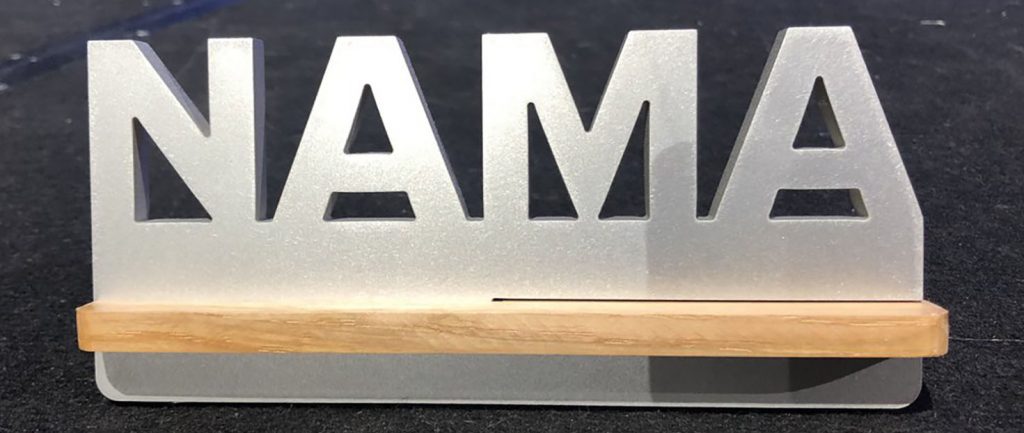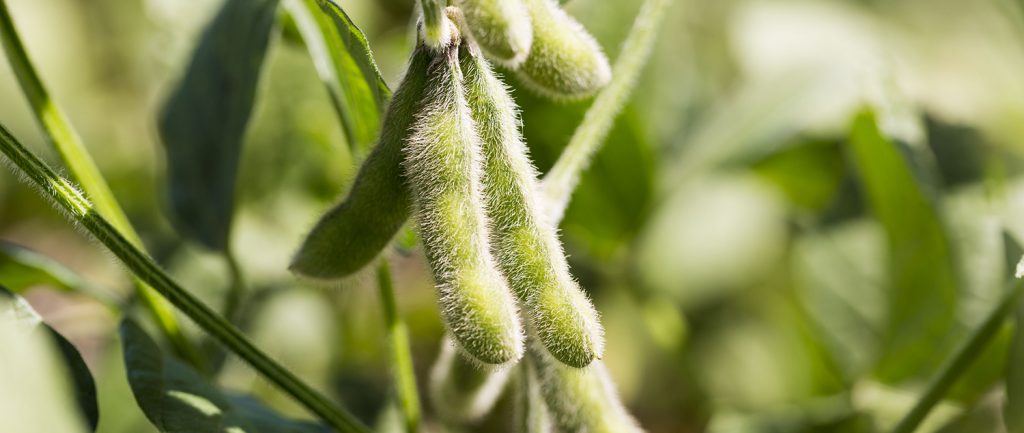In the September 2016 edition of Soybean Business, an article entitled “No Bull: Study suggests Feeding Raw Soybeans to Brood Cows” had explained how ranchers could increase their calving rates by feeding brood cows limited quantities of whole raw soybeans. That recommendation was based on 2006 research from the University of Missouri which showed that feeding 3.5 pounds of whole soybeans per day from 45 days before the start of calving until the cow calved, increased the calving percentage significantly.
Now that autumn has arrived, farmers and ranchers are making their annual cow-culling decisions. Depending on the quality of the last calf she produced, her age, and her current pregnancy status, many cows will be headed to the slaughterhouse this fall. However, this sometimes represents a profit-making opportunity. According to an article titled “Know the USDA cull cow grades before you send them to market” in the Oct. 18 edition of Drovers Journal:
- culled beef cows make up ten percent of the annual U.S. beef meet supply.
- the United States Department of Agriculture (USDA) market news service reports on four classes of cull cows (not destined to be replacement cows).
- the four classes are divided primarily on fatness.
- the bottom three USDA classes are moderate-thin groups of cows called Boners (cutters), Leans and Lights.
- Leans and Lights are nearly always lower in price per pound than are cutters.
- cull cows that can be fed enough to gain body condition to improve from the Lean class to cutter class can gain weight and gain in value per pound at the same time, which is rare in the beef business. Therefore, during the fall and early winter, market your cull cows in the cutter grade. If cows are being culled while very thin, consider short term dry lot feeding to take them up in weight and up in grade. This usually can be done in about 50 to 70 days with excellent feed efficiency.

Of course, feeding of raw soybeans along with some corn is a very cost-effective way to accomplish it. And this year, such fattening-up of cull cows can benefit both the cattle producer and Minnesota soybean producers.
Due to all the late rain this year, many farmers were unable to initially harvest the low/wet spots in their soybean fields. Now that some of those low spots are dry enough to drive a combine through, the farmers can harvest those soybeans separately, but will unfortunately contain some green and water-damaged soybeans (Figure 1). At this time of year, those are okay to feed to cull cows, but they could potentially lower the USDA grade if mixed into an export shipment of soybeans. As a result, feeding to cull cows is a great solution for both.
Kim Nill is the Director of Market Development at Minnesota Soybean. He can be reached at 507 388-1635 or kim@mnsoybean.com.







